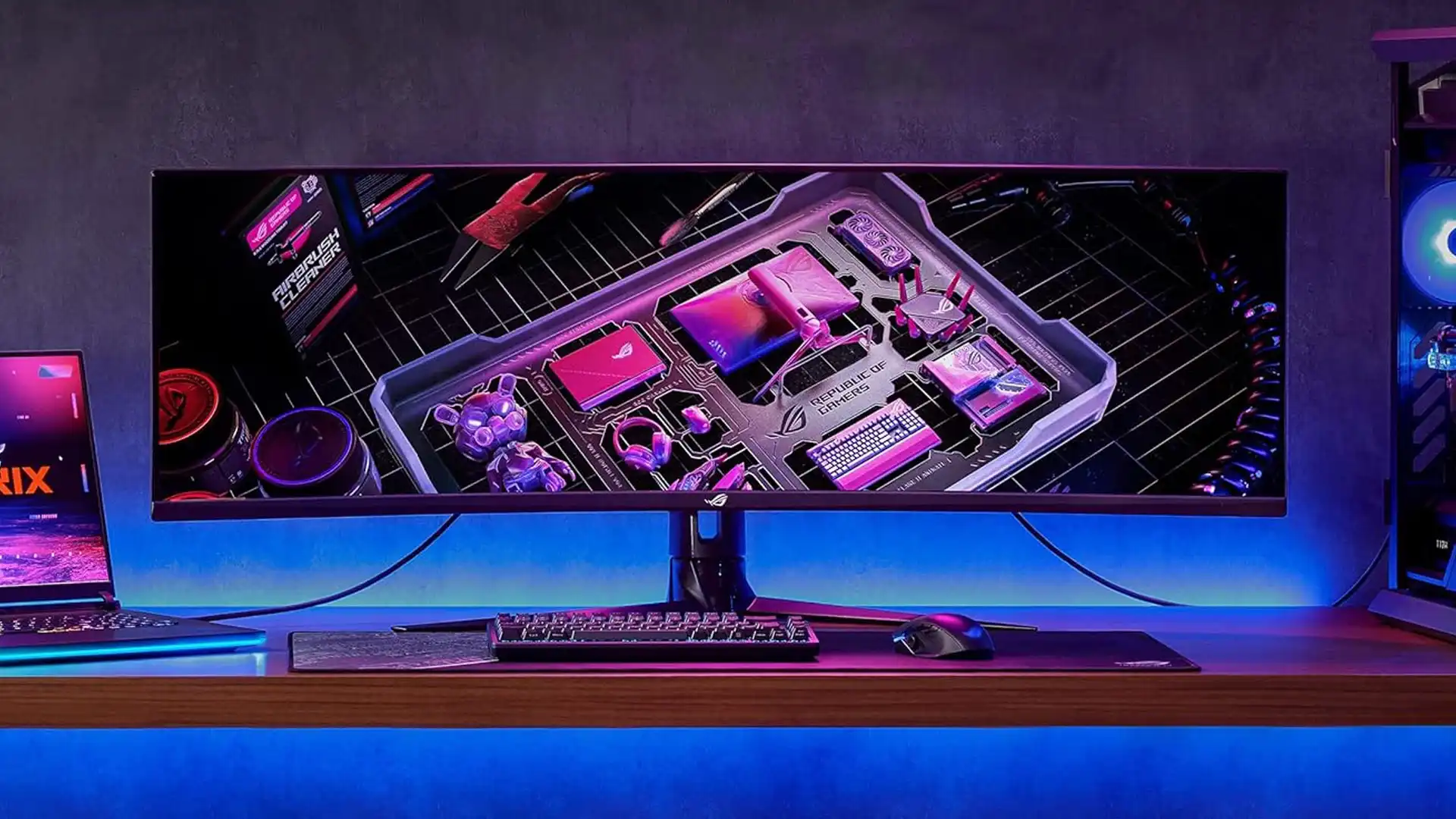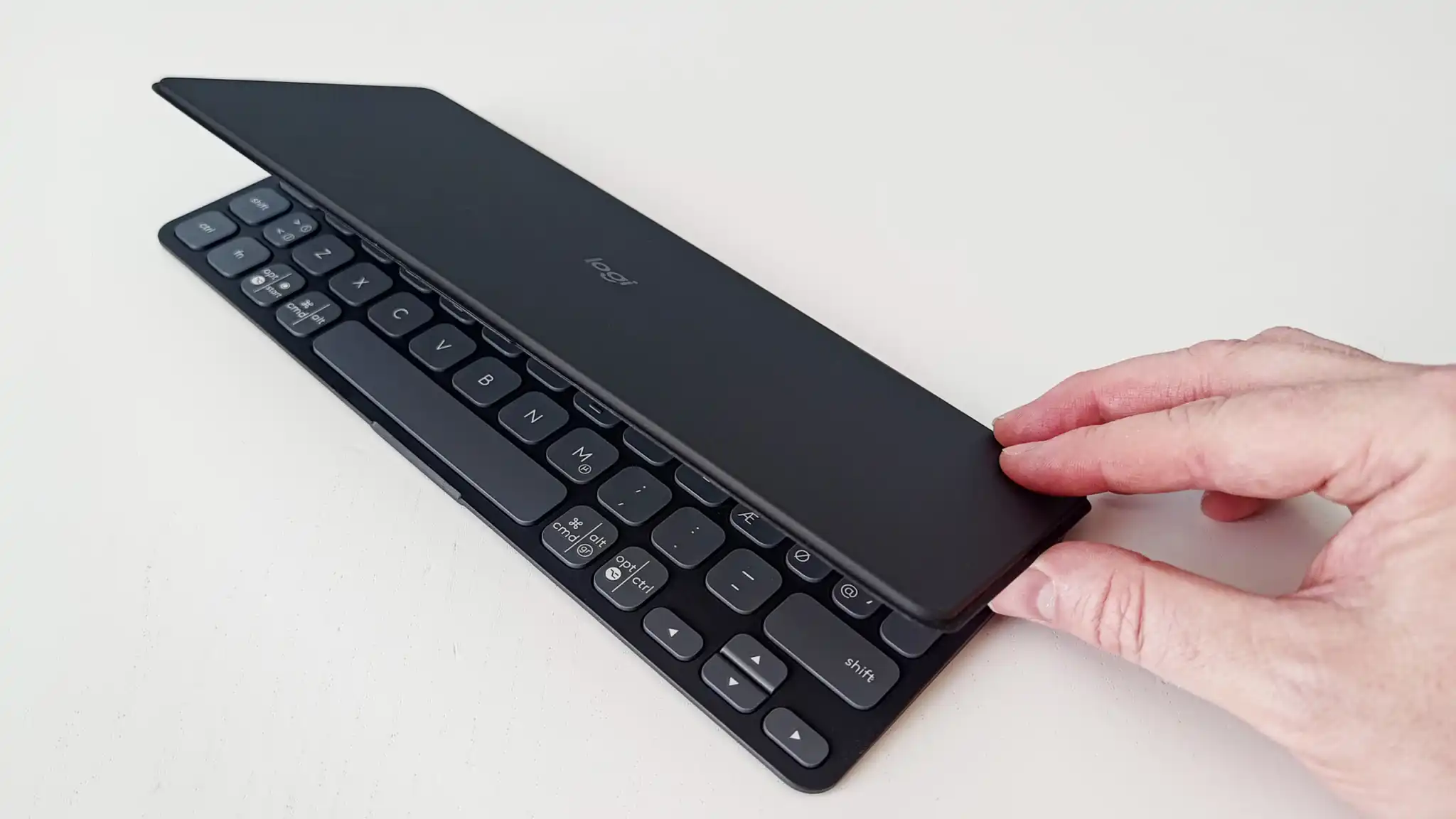AI can let you lie with photos. But you don’t want a photo untouched by digital processing.
It’s a thorny question I’ve faced with thousands of my own photos, and now it’s become even thornier: How much can you edit a photo before it stops becoming true?
Lightroom includes a handy AI-powered tool to select the sky, letting me darken it for more color and drama. Topaz Labs’ Photo AI uses a different form of AI to zap the noise speckles that are degrading a photo of a dancing child I took inside a dark Alaskan lodge. With a sweep of my mouse, Photoshop could generate a nice patch of blue sky to replace an annoying dead tree branch cluttering my shot of luscious yellow autumn leaves. Smartphones are now making similar decisions on their own as you tap the shutter button.
My own preference, shaped by my appreciation for history and part-time work as a photojournalist, is to stick closer to reality. But even that involves a huge amount of processing.
It’s tempting to think of photography as an exercise in capturing the truth, turning a fleeting moment’s light into a record we can store in an album or share online. In reality, photography has always been more complex.
Decades ago, photographers steered the process with film chemistry, lens selection, shot framing and darkroom alterations. Now Photoshop, smartphone image processing and generative AI make those analog-era alterations look primitive.These days, you’d be right to question how much truth there is in a photo. When launching the iPhone 15 in September, Apple detailed the multistage processing technology it uses to build each photo. Samsung phones recognize when they’re taking a picture of the moon and make heavy modifications to the image to try to show it off. Google, a pioneer in computational photography, now boasts how its Pixel 8 Pro Magic Editor software lets you zap unwanted people out of a photo’s background or how its Best Take feature lets you pluck the most flattering faces from a burst of shots to create a group photo where nobody looks like a dork. Beyond your smartphone, generative AI can quickly fabricate convincing images of, say, the pope in a puffy jacket.
But before you despair that that fakery has sucked the fun and utility out of photography, take a step back, because when you’re judging photos, context matters.
It’s true that you need to exercise more skepticism these days, especially for emotionally charged social media photos of provocative influencers and shocking warfare. At the same time, the photos you’re more likely to care about personally — those from your friends, family and co-workers — are far more likely to be anchored in reality. And for many photos that matter, like those in an insurance claim or published by the news media, technology is arriving that can digitally build some trust into the photo itself.


